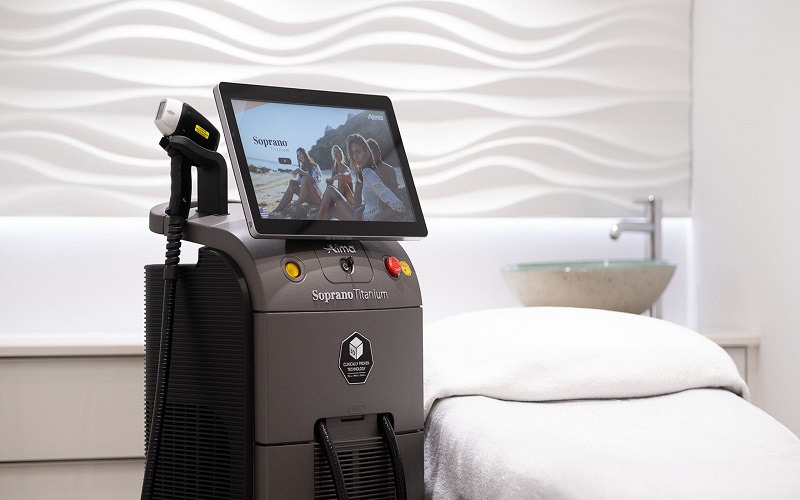In recent years, the pursuit of a brighter, whiter smile has led to the development of innovative technologies in dental care. One such advancement is the Whitening Laser Device, a high-tech solution that promises to give you a dazzling smile in a quick, safe, and effective manner. In this article, we’ll explore what laser whitening is, how it works, its benefits, and why it’s becoming a popular choice for those looking to enhance their smile.
What is a Laser Whitening Device?
A laser whitening device is a professional teeth-whitening tool used in dental clinics that combines the power of lasers with bleaching agents to whiten teeth. The procedure involves using a specific wavelength of light, directed by the laser, to activate a whitening gel applied to the teeth. The energy from the laser enhances the chemical process, breaking down stains and discoloration to leave teeth several shades lighter in a short period.
While traditional teeth-whitening methods rely on the strength of the whitening gel alone, laser whitening uses both the gel and the laser light to speed up the whitening process, providing faster and more visible results.
How Does Laser Whitening Work?
The laser whitening procedure is straightforward and typically lasts between 30 to 60 minutes, depending on the severity of staining and the type of treatment used. Here’s a step-by-step breakdown of the process:
- Consultation and Assessment: Before the whitening process begins, your dentist will assess the color of your teeth and determine if you are a good candidate for laser whitening. It’s essential to ensure your teeth are healthy and free of cavities or gum disease for the procedure to be effective.
- Preparation: Your dentist will first clean your teeth to remove any plaque or debris. A special protective gel or shield is then placed over your gums to protect them from the whitening agent and laser light.
- Application of Whitening Gel: A professional-grade whitening gel containing hydrogen peroxide or carbamide peroxide is applied to the teeth. These whitening agents help break down stains and discoloration on the enamel.
- Activation with Laser: The laser is directed onto the teeth, where its energy activates the whitening gel. The laser light helps to break down the gel more efficiently, accelerating the whitening process and reducing the time it takes to see results.
- Post-Treatment Care: After the procedure, your dentist will remove any remaining gel and check the results. Depending on the level of whitening desired, additional sessions may be required.
Benefits of Using a Laser Whitening Device
Laser whitening offers several advantages over traditional whitening methods. Here are some of the key benefits:
- Quick Results: One of the most significant benefits of laser whitening is the speed at which results are achieved. You can typically see noticeable improvement in just one visit, making it an ideal option for those who need fast results for an upcoming event or occasion.
- Long-lasting Effects: The results from laser whitening are often longer-lasting than over-the-counter whitening products. With proper aftercare, the whitened teeth can stay bright for months, reducing the need for frequent touch-ups.
- Safe and Controlled: Unlike some home whitening kits, laser whitening is performed by a trained dental professional. This ensures that the process is safe, and the risk of overuse or mishandling is minimized.
- Minimized Sensitivity: Many people experience tooth sensitivity after using traditional whitening treatments. However, laser whitening often leads to less post-treatment sensitivity, as the process is carefully controlled, and the whitening agents are activated more efficiently.
- Effective for Stubborn Stains: Laser whitening is particularly effective for stubborn, deep-set stains caused by things like coffee, tea, tobacco, and certain medications. It can provide dramatic results that may not be achievable with regular whitening strips or gels.

